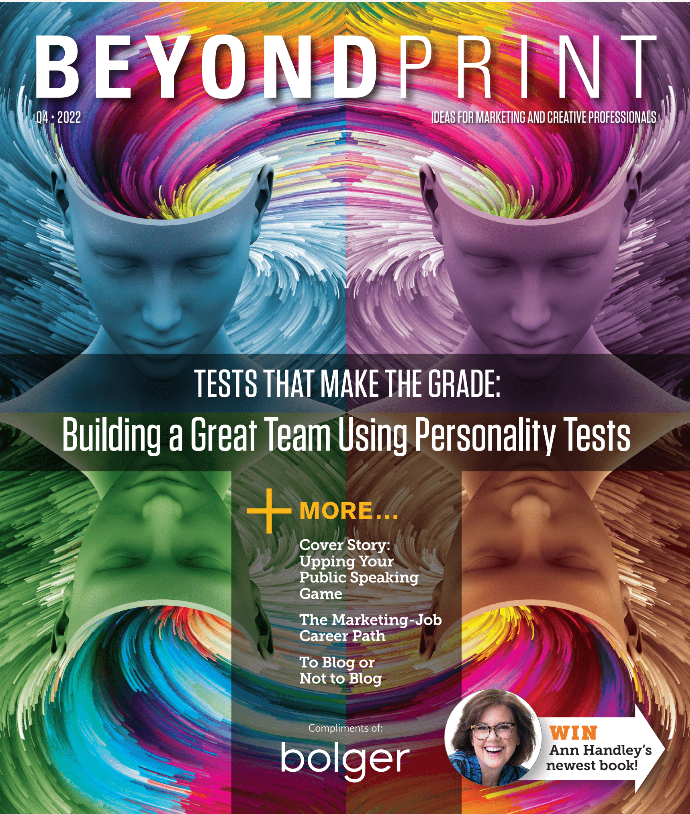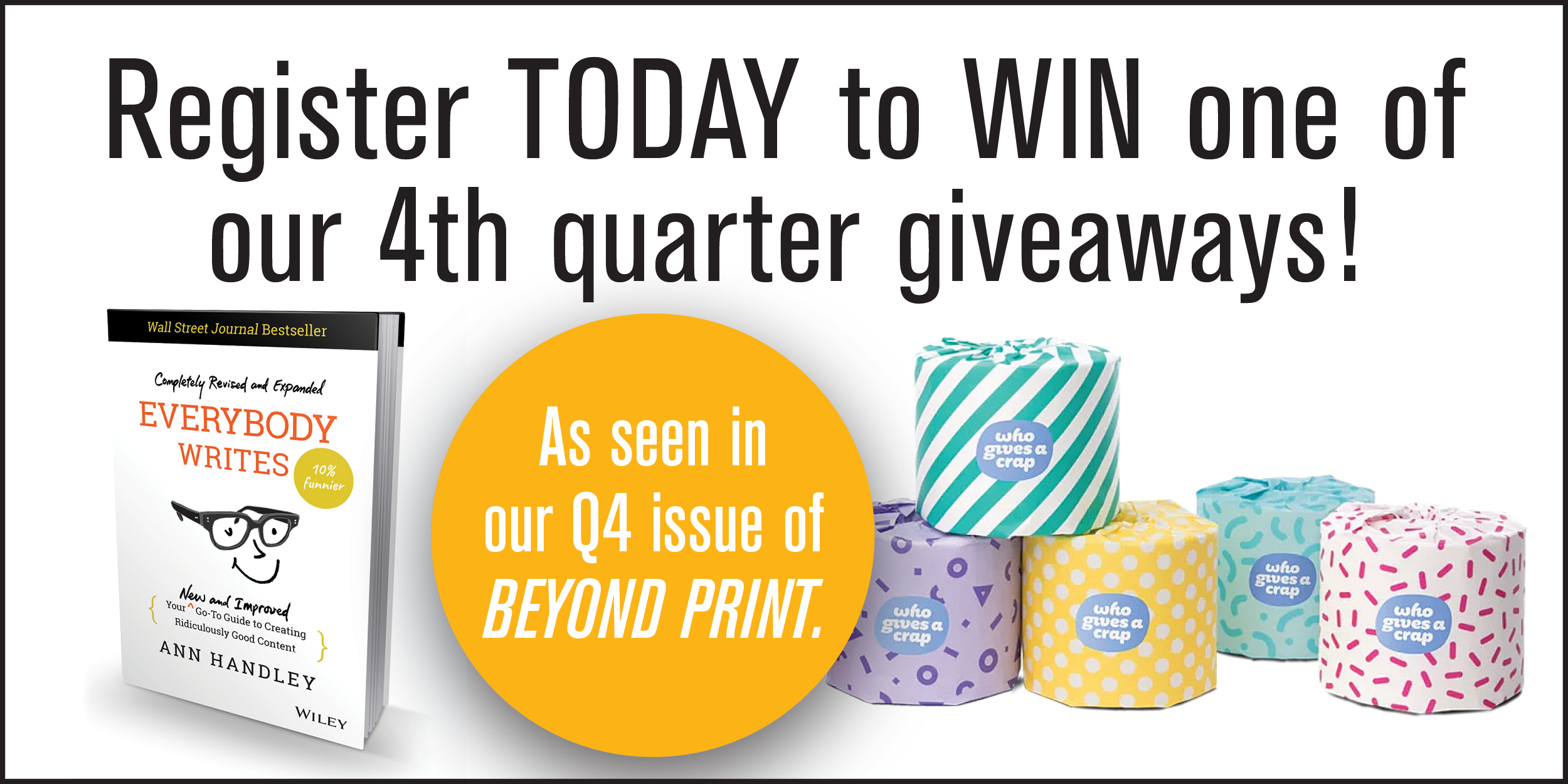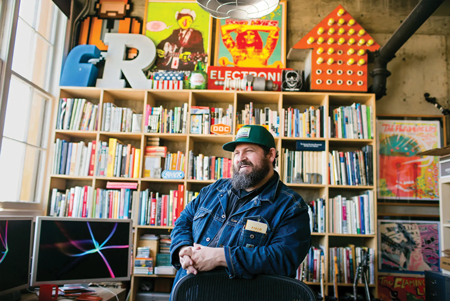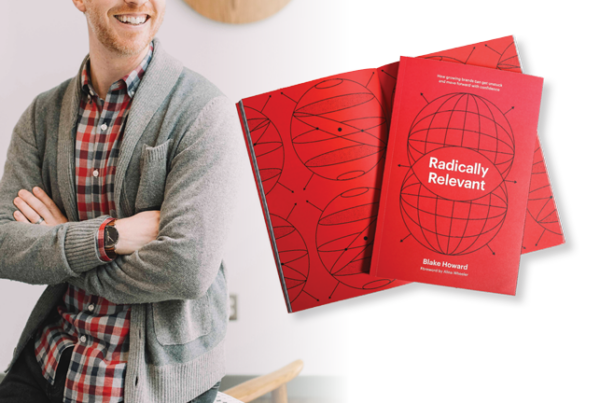I f you’re a LinkedIn user, chances are you’ve received notification of a LinkedIn newsletter produced by at least one of your contacts on the social media channel. According to marketing guru Jens Polomski, as of February 2022 more than 11,700 such newsletters existed. There are numerous reasons to consider launching a newsletter of your own either for yourself or for your company, not least of which being that LinkedIn members can easily subscribe to your newsletter and be notified automatically when you publish through push, in-app, and email notifications. You’ll also get real-time feedback and comments from your readers and be able to understand how your content is doing with analytics.

Yea or Nay?
Privacy regulations, among other factors, have made it increasingly difficult for businesses to build email subscriber lists. A LinkedIn newsletter can help you stay in touch with a prequalified audience of existing business contacts as well as reach others on the platform interested in your content. “More and more business users are turning to LinkedIn for tailored industry content that responds exactly to their niche segment because it is being shared and created by their specialist network,” says Josephine Ornago, owner of OutspokenPR.
Pushing content on a regular basis to subscribers allows you to be more proactive than posting an article on your LinkedIn feed and hoping someone scrolling stops to read it. Even if subscribers don’t take the time to read every edition of your newsletter, having your name and brand pop up in their feed regularly reminds them of your existence. And by providing relevant content, you’re creating and reaffirming your reputation as an expert, a thought leader, and a go-to source in your field.
While the term newsletter can sound daunting, each edition is basically one article. If you already produce a blog, you can simply repurpose posts into newsletter editions. And LinkedIn makes the actual generation of the newsletters simple: you don’t need to worry about designing templates or managing subscriber lists. You must, however, commit to regularly creating content. Promising weekly content only to run out of things to say within a month can more than negate any goodwill the newsletter had previously generated.
Defining the Prize
Before going ahead with a LinkedIn newsletter, consider exactly what you want to achieve. Rather than a broad objective of “increasing revenue,” consider something like “providing advice on property trends to educate potential investors on the marketplace as well as on our expertise.”
By keeping its focus narrow, one of Ornago’s clients, a fintech start-up, managed to far exceed its goals. The company “wanted to gain a stronger footing with venture capital companies,” Ornago says. “Though they are not fundraising now, they felt the need to build an ongoing nurture funnel to help them communicate in a consistent way with VCs for the future.” To that end, she helped the client create a LinkedIn newsletter specifically to update VCs on its partnerships and progress. “Far from simply preparing the ground for future funding rounds, we actually were approached with requests for meetings to get to know the company,” Ornago says. “Our nurturing efforts had basically turned into lead gen!”

Getting Started
LinkedIn Premium membership is not a requirement to host your own newsletter. However, LinkedIn is rolling the feature out in phases. To find out if access to creator tools is available to you, visit your profile dashboard, scroll to Resources, and activate creator mode. Once you enable creator mode (you can deactivate any time), people will only have the option to follow you rather than connect with you. Only your follower count will show in your profile, and your original content will show near the top of your profile page; LinkedIn will move your Featured and Activity sections to the first position on your profile. Creator mode must be turned on to access LinkedIn Live and LinkedIn newsletters—if you meet the access criteria. To find out if you meet the criteria, look for the word available next to the creator tools. The following criteria must be met for newsletter access:
- You have at least 150 followers
- You have recently shared any type of original content
- You have abided by LinkedIn’s community policy guidelines
If you are able to access the LinkedIn Live and LinkedIn newsletter publishing tools, you will also gain access to creator analytics, which provides aggregate analytics to show how your content portfolio performs over time.
Tips for Launching a LinkedIn Newsletter
Before you take the LinkedIn newsletter plunge, consider this advice:
Editorial calendar first — Create an editorial calendar before determining frequency. You might feel that a weekly newsletter is ideal for engaging with your audience. But be sure you have enough relevant content to maintain that schedule. Not only should you plan your newsletter content for at least several months out, but you should also have at least a few articles written before you launch. If in doubt, opt for a lower frequency—every other week rather than weekly, for instance.
The name game — Give your newsletter a name that’s both catchy and informational. Yes, that’s easier said than done. For inspiration and to see what others are doing, scroll through LinkedIn’s newsletter directory at linkedin.com/directory/newsletters. All listed names are active links to the actual newsletters.
Incorporate images — You definitely want to add a logo and a cover photo, but consider incorporating relevant, high-quality imagery within the text as well. You don’t want to present readers with the dreaded wall of words (the recommended logo size is 300 x 300 pixels).
End each edition with a call to action — Marketing expert Neil Patel suggests wrapping up each article by asking subscribers to comment, share, or read a related article or blog post. Embed links to make it easy (and feel free to incorporate relevant links throughout the text as well).
Vary the format — Consider replacing your typical tips-based articles with a poll in one issue or a video in another. “Mixing it up a bit with different types of content and proof points such as links, other social media content, and a visual carousel helped make our newsletter fit into the native social media environment,” says Ornago, “making CTAs more actionable and natural.”
Respond to readers — Engagement is a major reason for launching a LinkedIn newsletter. If people are taking the time to comment on an article, be sure to respond, even if it’s with something as basic as “Glad you liked it” or “Thanks for reading.”
Promote — Promote your newsletter on other channels—and promote your other channels in your newsletter.
Beyond Print Magazine
Request your complimentary Beyond Print Magazine, mailed quarterly.








